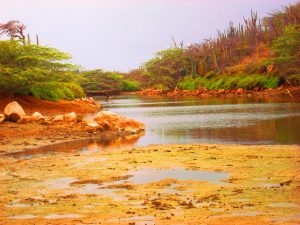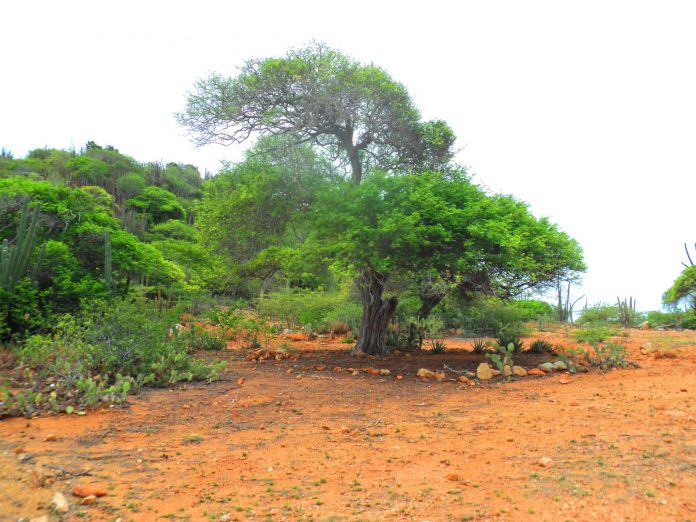Article by Etnia Nativa call us 592 2702 and book your experience!
In this episode we will focus on the need to reforest the island combating rising temperatures of our planet. We must work form out local communities and increase the pressure on our leaders. However reforestation is not a matter of repopulating without ecological criteria but of opting for island of endemic biodiversity as an ecological strategy.
In the 1990s, after decades of observation and years of study, Akira Miyawaki demonstrated that the recovery of the potential natural vegetation of a degraded land was achieved more quickly by planting indigenous species, as opposed to what was previously believed to be with the massive repopulation of non-native trees fast growing.
The Miyawaki method is an ecological restoration method that, based on the Potential Natural Vegetation of a space, aims to recreate a landscape taking as a reference the vegetation that supposedly would have existed there if there had been no human incursion.
The advantages of this method are abundant and are not only linked to the growth speed of the chosen native species but also from a recreational and social point of view, incorporating native plants allows them to be valued, made known and with their rapid growth it achieves that people love them by protecting and caring for them.
The success of implementing the Miyawaki method consists primarily in adapting it to the place according to the environmental conditions and in parallel knowing exactly the local vegetation, its variants and the way in which it is expressed. Fundamental stages to achieve amazing results. In this way, the idea is to plant native plants in available land and follow their growth with minimal intervention.

In a first step, the soil must be identified, looking for its deficiencies and nutrients that it has, defining the species that adapt to the climate and the place. Search the region for the biomass necessary to fill the deficiencies of the land, if they exist, and do not use pesticides or added products. Follow the growth rate of the plants during the first two years through irrigation and weeding and plant them at a very high density.
We must be aware that planting more trees does not create forests because the forest is a living structure that requires its border and its layers, which are what, guarantees the ecosystem services that we expect.
The Miyawaki method is based on taking advantage of the “potential natural vegetation” principle. Where any land that is fertile and without any human intervention would develop a lush and sustainable forest in a maximum of 1000 years.
If human support and sustainable collaboration exists in this same area, the development time of the forest would be shortened to 100 years.Q
To get to know a little more regarding Aruba’s and its cultural origins, etc. We highly recommend you to book your participation in our cultural encounter session. A mind opening revelation and entertaining island experience. Whatsapp + 297 5922702 or mail etnianativa03@gmail.com our facilities and activities take place close to high rise hotels.















